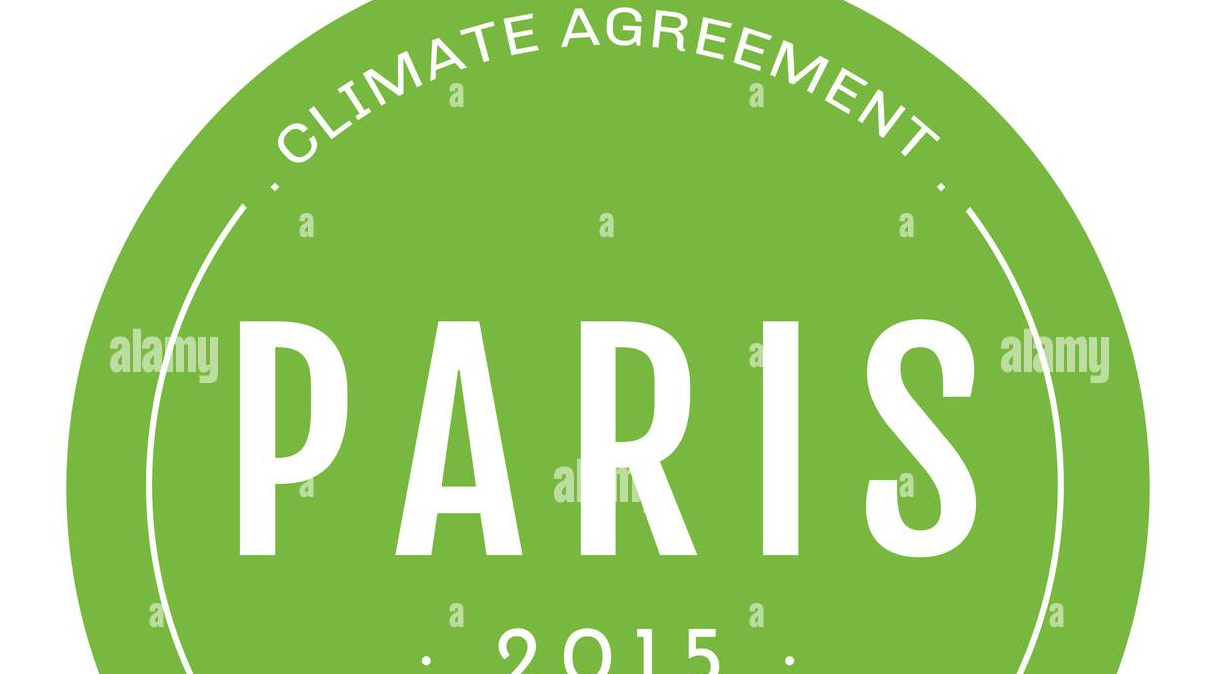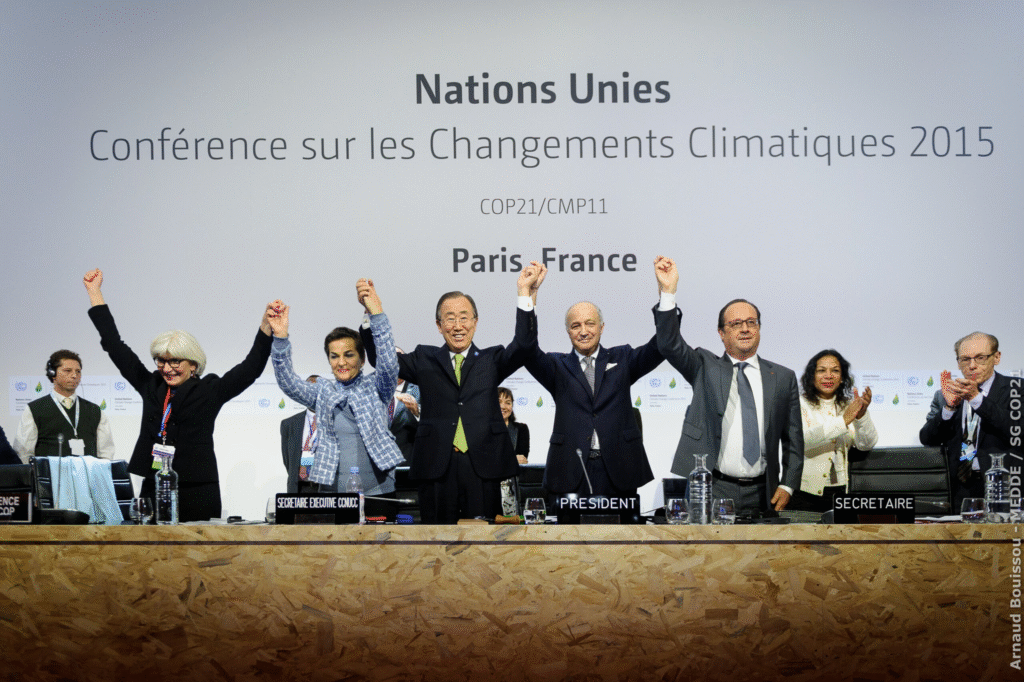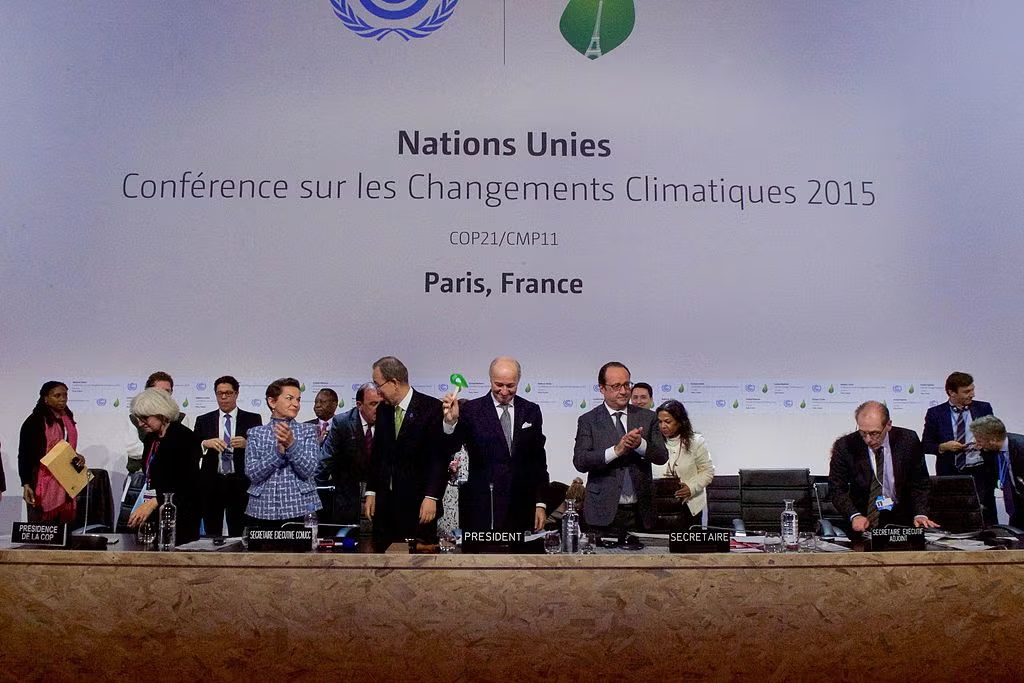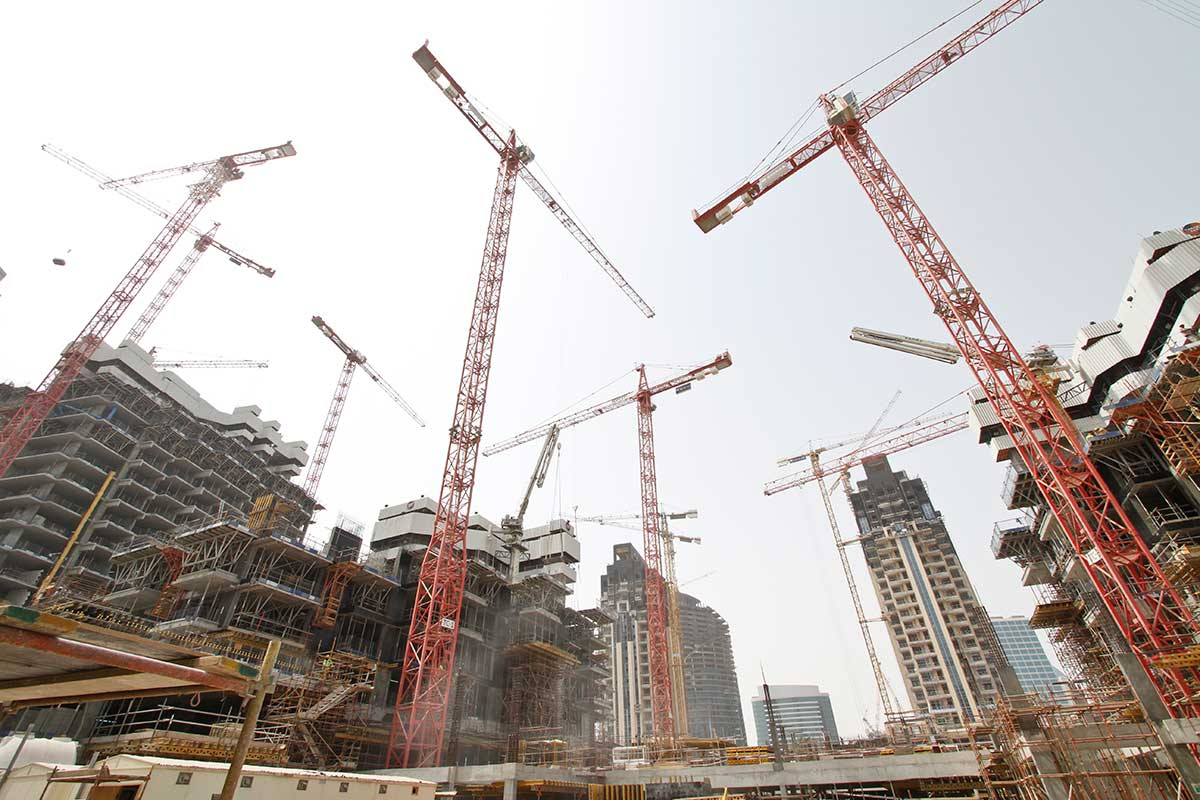Now Reading: What the Paris Agreement Really Means for Our Planet Now 2025
-
01
What the Paris Agreement Really Means for Our Planet Now 2025
What the Paris Agreement Really Means for Our Planet Now 2025

Table of Contents
The Paris Agreement is one of the world’s most important climate action plans. It was signed in 2015 by nearly every country on Earth, including the United States, China, India, and members of the European Union. But nearly a decade later, many people still wonder: What is it really about? Is it working? And what happens next?
Let’s break it down in simple terms, and understand how this global deal could change the future of our planet.
What Is the Paris Agreement?

The Paris Agreement is a legally binding international treaty on climate change. It was adopted by 196 countries at the United Nations Climate Change Conference (COP21) in Paris on December 12, 2015.
The main goal?
To limit global warming to below 2°C — and preferably 1.5°C — compared to pre-industrial levels.
This means countries have to cut down the amount of greenhouse gases they release into the atmosphere — especially carbon dioxide (CO₂), which comes from burning oil, gas, and coal.
Key Points of the Paris Agreement
Here are the main promises that countries made:
- Reduce Emissions
Each country sets its own plan, called a Nationally Determined Contribution (NDC), to cut emissions. These plans must be updated every five years to show progress. - Adapt to Climate Change
Countries agree to help each other prepare for the effects of climate change — such as rising sea levels, stronger storms, floods, and droughts. - Support Developing Nations
Richer countries promise to give money and technology to poorer countries. This helps them move towards cleaner energy and protect their people from climate disasters.
Why the Paris Agreement Was a Big Deal
Before the Paris Agreement, there was no universal climate treaty where every country agreed to take responsibility.
Unlike past efforts, this deal brought developed and developing countries together. It was seen as a breakthrough because climate change is a global problem, and it needs a global solution.
Are Countries Meeting Their Goals?
This is the big question — and the answer is complicated.
According to the United Nations, many countries have made progress, but not fast enough. The Earth’s average temperature has already risen by about 1.2°C, and scientists say we’re getting close to dangerous levels.
Some countries, like Sweden and Costa Rica, are doing better than others. They are investing in renewable energy like wind, solar, and hydro power. Others, like the U.S., China, and India, still rely heavily on coal and oil but have also increased their clean energy use.
In 2021, the United States rejoined the Paris Agreement under President Joe Biden after leaving it in 2020 under President Donald Trump.
What About Climate Finance?
The Paris Agreement promised that developed nations would give $100 billion every year to help developing countries fight climate change.
But so far, this goal has not been fully met. Many poorer nations say they need more help to switch to clean energy and protect themselves from rising seas and weather disasters.
This has become a major point of tension in international climate talks.
Is the Agreement Legally Enforceable?
Here’s something many people don’t know:
The Paris Agreement is legally binding in some ways — but not in others.
- Countries must submit and update their climate plans (NDCs).
- But there is no penalty if a country misses its target.
In other words, it relies more on peer pressure and public opinion than on legal punishment.
This is why some experts say the agreement is “strong in ambition but weak in enforcement.”
Is It Working?
The short answer: Partly.
- Global emissions are still rising, but not as fast as they would have without the Paris Agreement.
- More than 70 countries have now pledged to reach “net zero” emissions by 2050 or 2060.
- Clean energy sources are growing quickly and becoming cheaper.
But scientists warn:
If we don’t do more, we could reach 2.5 to 3°C of warming by the end of the century. This could lead to deadly heatwaves, food shortages, and mass displacement.
What Happens Next?
World leaders meet every year in what’s called the COP (Conference of the Parties) to discuss progress and updates. In recent meetings, they’ve debated:
- Phasing out coal and fossil fuels faster
- Boosting climate finance to meet the $100 billion goal
- Creating a “loss and damage” fund to help countries hit hardest by climate disasters
The next decade is seen as crucial. Decisions made now will shape the planet’s future for generations to come.
Why Should You Care?

Even if climate change feels far away, it affects all of us — from the price of food and water to jobs, health, and safety.
By understanding the Paris Agreement, you can:
- Make informed choices (like using less energy or supporting green businesses)
- Hold governments and companies accountable
- Be part of a global movement for a safer, cleaner future
Final Thoughts
The Paris Agreement is not perfect, but it’s the best tool we have right now for global climate action. It shows that when countries come together, change is possible.
But the clock is ticking. We need stronger actions, more funding, and faster results. And that starts with awareness and pressure from people like you.
Read More:- Deyaar’s Latest Announcement Shakes Up the UAE Property Market





















